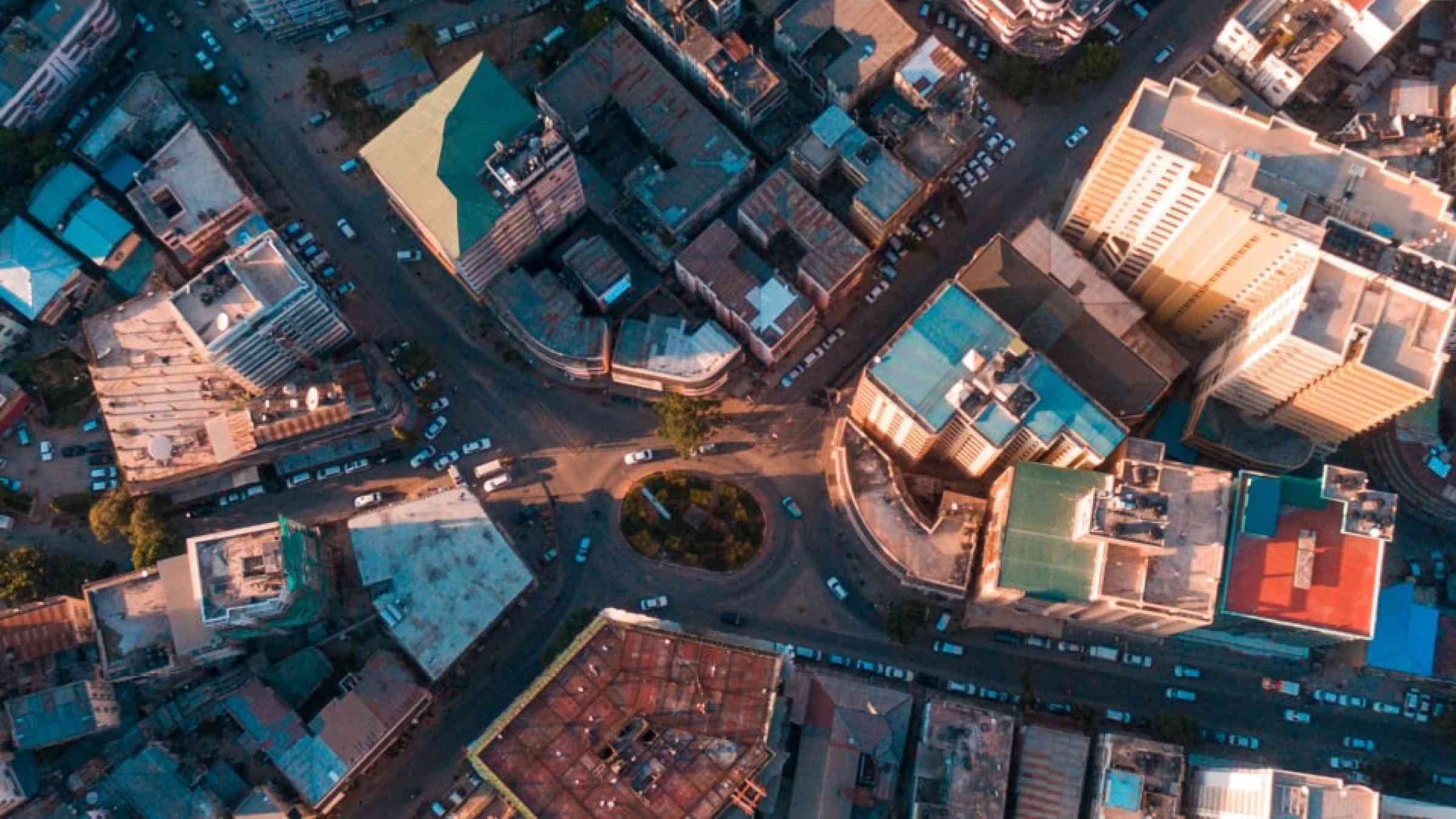Climate hazards aren’t restricted by borders – African countries have taken a big step to address this

Climate risks can be complex to deal with because they don’t respect country borders. Hazards in one region can have negative repercussions in another. These are known as transboundary climate risks, and they’re a growing concern. They require coordinated, multinational responses, which can be a challenge given the different priorities and capabilities of each country.
A transboundary climate risk could be due to a shared ecosystem, such as a river basin. For instance the Nile river, which flows through 11 countries, can experience variations in water availability due to changes in the weather. This will affect the millions who depend on it.
Transboundary climate risks can also cross continents and oceans and spawn crises on the other side of the world. These could range from food and water shortages to threats to trade and energy, widening inequalities, forced migrations and even geopolitical conflicts.
For instance a drought in East Africa could affect tea production in Kenya. This would lead to an increase in prices for tea drinkers in importing countries, like the UK. Likewise, a typhoon could affect manufacturers in south-east Asia. This could disrupt the supply of electronics to African markets and lead to price hikes or shortages.
Africa is particularly vulnerable. Trade routes, supply chains and shared ecosystems span across the continent. A climate-induced disruption in one country can easily ripple into cascading effects in its neighbours. The coordinated management of transboundary climate risks is both a challenge and a necessity.
At the recent Africa climate summit in Kenya, the African Union and other African stakeholders presented the Roadmap for African Resilience to address this.
The roadmap contains a series of actions meant to enhance coordination between the regional economic communities and member states in addressing and managing transboundary and cascading climate risks. This is an objective of the African Union’s Climate Change and Resilient Development Strategy and Action Plan 2022–2032.
Historically, adaptation efforts have largely addressed localised impacts, such as rising sea levels and coastal communities or frequent droughts and their impact on agricultural yields.
As an expert on adaptation to climate change, I believe that the significance of this roadmap lies in its comprehensive, continent-wide approach. It recognises that shared challenges require shared solutions. And it underscores Africa’s commitment to taking charge of its climate destiny. This makes the roadmap valuable in the evolving discourse on global climate resilience.
Unified front
The Roadmap for African Resilience outlines 25 crucial actions to fortify Africa’s resilience against transboundary climate risks. It has a focus on the risks posed to global supply chains, energy and food markets.
The roadmap’s actions can be grouped into four general plans:
- Recognise the risks: this includes a pan-African transboundary climate risk assessment and the development of risk indicators.
- Govern together: identify the transboundary risks that each country considers most important. These will be included in different areas of policy.
- Implement Africa-wide adaptation: create a plan to find the best ways to strengthen communities against transboundary climate risks. Just resilience principles are embedded into this, such as prioritising the needs of the most vulnerable people and upholding human rights and cultural values. The roadmap also kickstarts a programme to put these ideas into action.
- Mobilise resources for resilience: getting more money from multiple countries to support climate action, making sure private investments match public goals by emphasising systemic resilience, and building capacity to invest together.
The Roadmap for African Resilience thus offers a holistic, pan-African vision. It not only identifies transboundary climate risks but also proposes a structured approach for collective action.
Implementing the roadmap requires the active involvement of a range of African organisations. These include the United Nations Economic Commission for Africa, the African Union Commission, the African Union Development Agency – New Partnership for Africa’s Development, the African Group of Negotiators Expert Support and the Regional Economic Communities in Africa. In addition, national governments, the private sector, civil society and academia play crucial roles.
The challenge will lie in ensuring cohesive action among these entities. Especially when adaptation to climate risks is a relatively new endeavour for some of the above organisations.
Significant step
The inaugural Africa Climate Summit marked a significant step for Africa’s collective commitment to resilience. The roadmap acknowledges the reality of Africa’s intertwined destinies and the need for collaborative solutions to cross-border climate risks.
Given the borderless nature of climate risks, global cooperation must be at the heart of adaptation initiatives.
CC-BY-ND 4.0